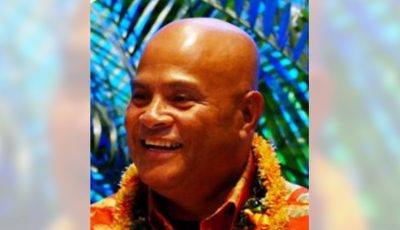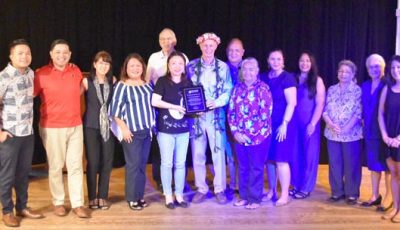Peace, the officers, and the Corps
I belong to the generation that crooned: What we are saying is, Give peace a chance!
We are on Peace Officers’ Day. Police Week commemorates local, state, and federal peace officers that lost their lives in the line of duty. Law enforcement officers and their families gather in Washington, D.C. every year this week to hold a Mass, a light vigil, lay a wreath, confer as police survivors, engage in honor guard competition, and perform band music, sponsored by the National Fraternal Order of Police.
JFK created the holiday endorsed by Congress in October 1961 that paid tribute “to the law enforcement officers who have made the ultimate sacrifice for our country and to voice our appreciation for all those who currently serve on the front lines of the battle against crime …” with the flag flown at half-mast for the week.
Much earlier in March of the same year, JFK issued an executive order authorized by Congress in September designed “to promote world peace and friendship through a Peace Corps, which shall make available to interested countries and areas men and women of the United States qualified for service abroad and willing to serve, under conditions of hardship if necessary, to help the peoples of such countries and areas in meeting their needs for trained manpower (sic).”
The volunteer program provided technical assistance to governments and groups, helped people understand American culture and helped Americans understand cultures of other countries. A typical Peace Corps volunteer, or PCV, is an American citizen with a college degree, labors for two years in existing social and economic development after three months of orientation and training, with the option to extend term of service.
Peace officers are criticized lately for casual brutality and prejudice against persons of color by a predominantly white police force that seems more intent on defending its “fraternal” conviviality rather than the application of justice and the maintenance of “order.” The hierarchical structure of command and obeisance might discourage individual thought and promotes defensive homogeneity.
Trayvon Martin shot by a vigilante police wannabe got coverage and after Ferguson, Baltimore, and NYC, police officers have become protective of the function of the force, or are in deep introspection. We add two officers (Afro and Caucasian) in Harrisburg, Mississippi to the list. Today’s memorial, and the week it ushers, is a good time to think through the function and image of peace officers.
Ex-PCVs number nearly 220,000 Americans in the last 54 years, having served 140 countries including the U.N. Trust Territory of the Pacific. They are a nebulous group not given to too much hoopla, though with a playful reputation of introducing Mary Jane into the islands.
A local judge who was a PCV in Equatorial West Africa, quietly guards the legal health of the CNMI. Many PCVs in Micronesia stayed to assume civilian positions of leadership.
Peace. Give it a chance. It is the song of the times, for both corps. I am still crooning!




























